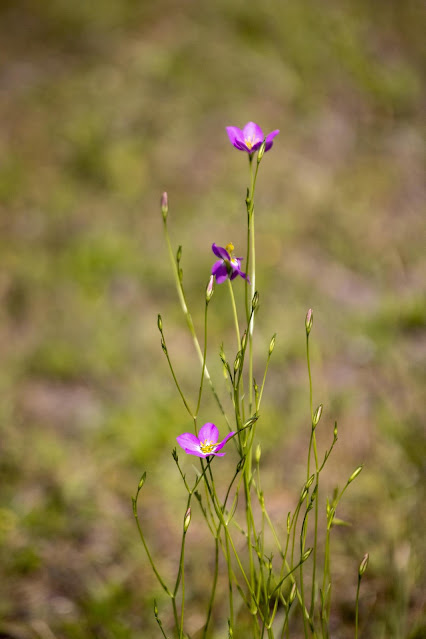China's Shenzhou-16 Crew Training | China Space Station
China unveiled its crew members for the Shenzhou-16 spaceflight mission on Monday, May 29, 2023, with the astronauts meeting the press a day before their scheduled launch.
Taikonauts Jing Haipeng, Zhu Yangzhu and Gui Haichao will carry out the mission to the China Space Station (CSS), the China Manned Space Agency (CMSA) announced at a press conference. Gui Haichao makes history as China's first civilian astronaut.
What did they do in their training?
The Shenzhou-16 manned mission, the first since the China Space Station entered its application and development stage, will conduct a fast automated rendezvous in orbit and dock at the radial port of the Tianhe core module, forming a combination of three modules and three spaceships.
The Shenzhou-15 crew will return to north China's Dongfeng landing site after completing an in-orbit rotation mission with the Shenzhou-16 crew.
Credit: China Global Television Network (CGTN)
Duration: 3 minutes, 34 seconds
Release Date: May 29, 2023
#NASA #Space #China #中国 #Earth #MicrogravityExperiments #SpaceResearch #SpaceLaboratory #CSS #ChinaSpaceStation #天和核心舱 #Shenzhou16 #Taikonauts #Astronauts #Training #Commander #JingHaipeng #ZhuYangzhu #GuiHaichao #CNSA #CMSA #国家航天局 #Science #Technology #HumanSpaceflight #STEM #Education #HD #Video


.jpg)
















